SUMMARY
This is AI generated summarization, which may have errors. For context, always refer to the full article.
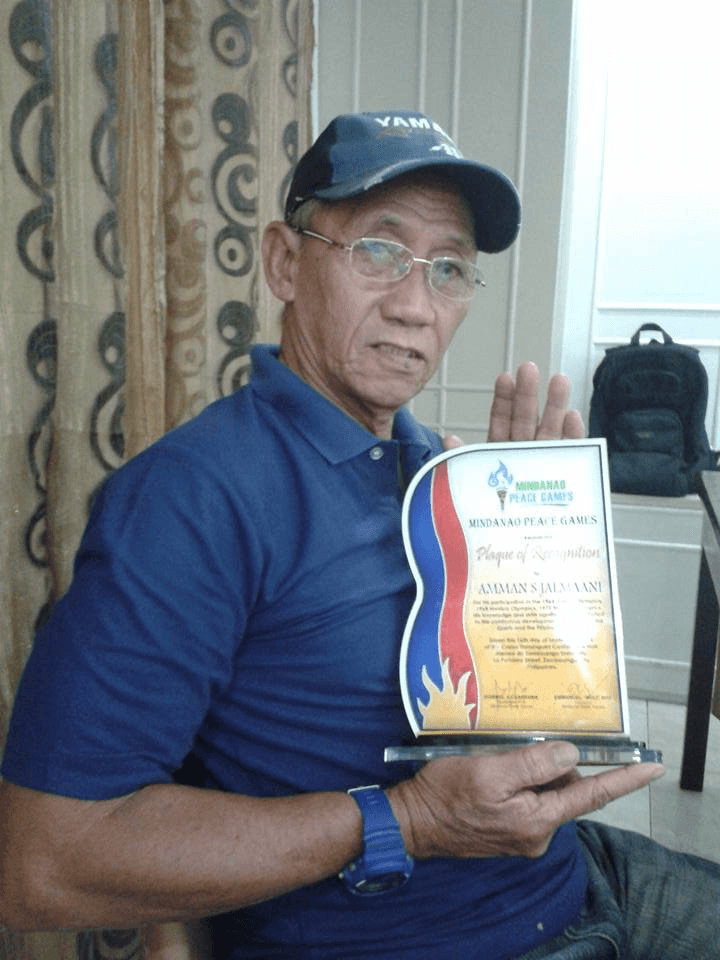
Three-time Olympian Amman Jalmaani died on Tuesday, November 23, in Zamboanga City. He was 72.
Jalmaani, one of the country’s great swimmers from Sulu, made his Olympic debut in 1964 in Tokyo where he competed in one of his pet events, the men’s 200-meter breaststroke. He was then only 15 years old, two months shy of turning 16.
In the 1966 Asian Games in Thailand, an 18-year-old Jalmaani bagged bronze medals in the men’s 100m breaststroke and the 4x100m medley relay.
Jalmaani made his second Olympic appearance in 1968 in Mexico City. He competed in four events: the 100m breaststroke, 200m breaststroke, 100m freestyle relay, and 4×100 medley relay.
Then 19, Jalmaani reached the semifinals of the 100m breaststroke with a time of 1:10.04. He finished sixth and did not reach the final cut, but the result was the best for Philippine swimming since the prewar exploits of Teofilo Yldefonso.
An older and more seasoned Jalmaani came back stronger in the 1970 Asian Games. He was again a member of the 4×100 medley relay team which clinched a silver behind Japan.
In the individual races, Jalmaani won two silvers in the 100m breaststroke and 200m breaststroke. In both events, he was beaten by one of the greatest Japanese swimmers of all time, Nobutaka Taguchi, who would eventually win an Olympic gold medal in 1972 and later named to the International Swimming Hall of Fame.
In 1972, Jalmaani made the Olympics for the third straight time as he swam in three events in Munich, Germany.
His last major competition was in the 1974 Asian Games in Iran where he copped another bronze in the medley relay.
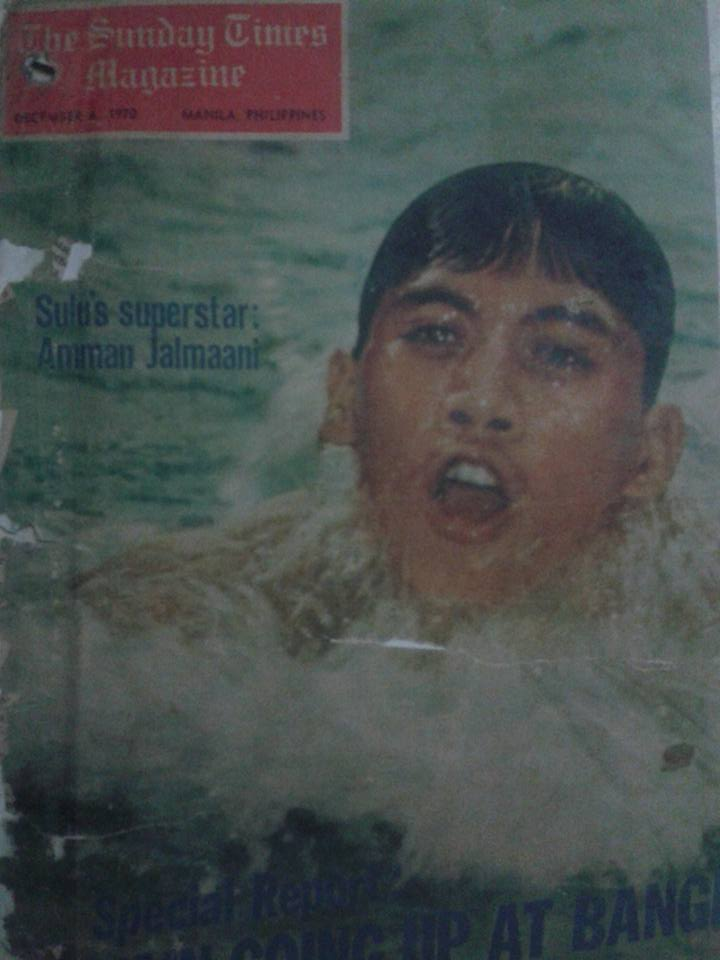
Cyrus Alcantara, son of then Philippine head coach Sotero Alcantara, recalled his father saying that Jalmaani was “a fantastic breaststroker.”
“He has huge hands and feet. He was also ranked top 15 or 20 in the world in the 100 or the 200 breast during his peak,” said Cyrus in an interview with Rappler.
Having huge hands and feet, explained Cyrus, “allows a swimmer better opportunities to propel one’s body in the water. It’s like having built-in paddles and fins.”
After his career, Jalmaani lived in Zamboanga City as part of the Armed Forces of the Philippines. He would have turned 73 on December 15.
His life the past four decades may have largely gone unnoticed in Philippine sports, but like Jalmaani, a lot of the fastest athletes in the pool learned to wade and glide through the crystal-clear waters of the Sulu Sea. (READ: The man who walked underwater)
Some of the finest swimmers in the Philippine team over half a century ago came from the southern-most part of the country. The likes of Bana Sailani, Dakula Arabani, Amir Hussin Hamsain, Sampang Hassan, and Haylil Said burst into the scene beginning in the mid-1950s and paved the way for other Tausug swimmers to gain national prominence.
Strong, driven, and with a hunger for success and relevance rarely seen from athletes coming from more progressive regions in the country, the Tausug swimmers allowed the Philippines to compete stroke for stroke with global Asian swim powerhouses like Japan.
Aside from the numerous medals Jalmaani brought home from the international arena, he also holds the distinction as one of only three Filipino swimmers to have qualified and competed in three editions of the Olympics. He’s also one among just six Filipino swimmers to have made the semifinal round of the Olympics. – Rappler.com
Add a comment
How does this make you feel?
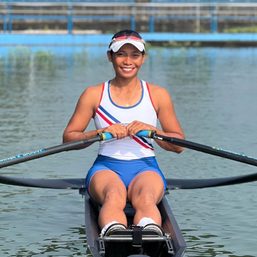
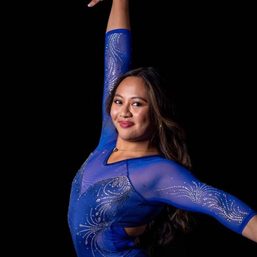
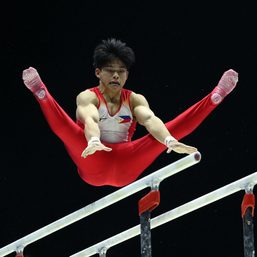
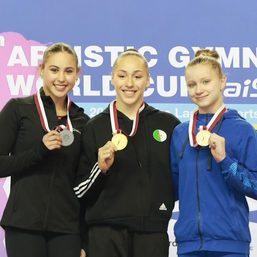
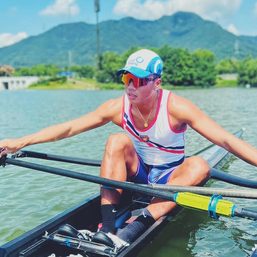
There are no comments yet. Add your comment to start the conversation.